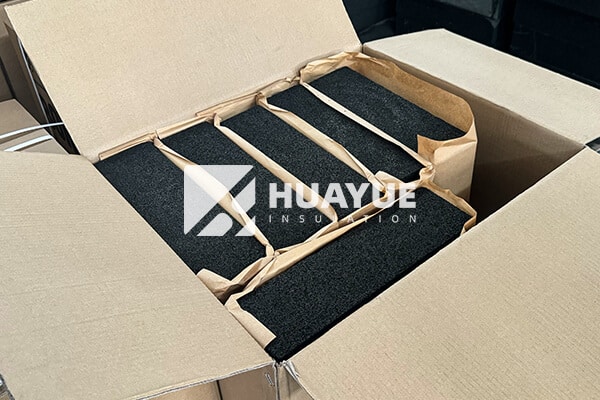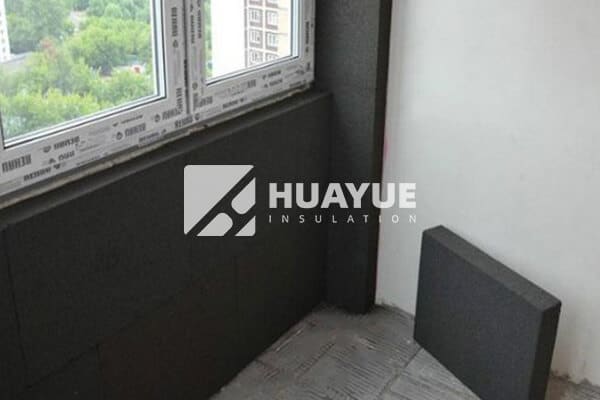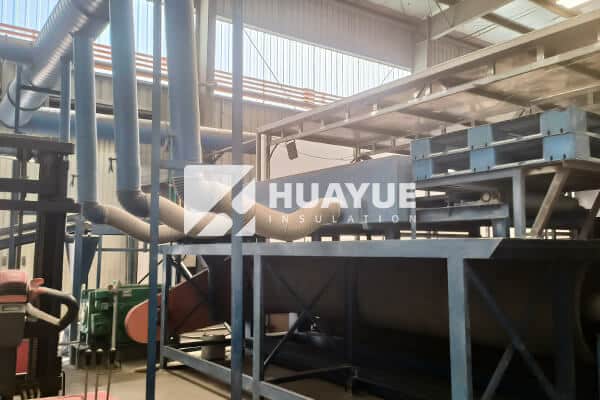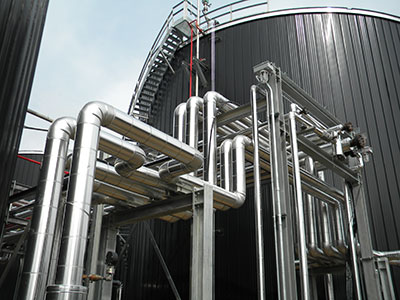Foam glass wall insulation can solve many persistent problems in building comfort, safety, and efficiency. Many property owners struggle with finding an insulation solution that truly lasts.
Foam glass insulation is an excellent choice for wall systems because it is non-absorbent, highly fire resistant, and maintains its performance for decades without degrading or needing frequent replacement.

When I first evaluated building insulation for a project, longevity and moisture resistance ranked highest on my list. Many insulation materials promise much, but fail in real-world conditions. Foam glass stood out for its unmatched durability and practical benefits, so I continued using it across many projects. Let me explain why I trust it for wall insulation.
Is foam glass insulation good for walls?
Many wall insulations let in moisture or degrade from weather, making maintenance a hassle for managers like me. Foam glass is different and avoids these headaches.
Foam glass insulation works well for walls because it does not absorb water, resists fire, and provides stable insulation for the life of the wall assembly.

When we installed foam glass in a chemical facility wall system, I noticed a clear difference quickly. The foam glass panels could be cut and fit precisely, leaving no gaps for thermal bridges. Its closed-cell structure stopped water vapor from entering, so the interior wall remained dry throughout wet seasons. Workers commented on the even temperature inside the building, even on hot and damp days. Unlike some other materials that sag or hold water, foam glass stayed firm and clean over time. This simplicity is important. In wall assemblies where space, fire safety, and dryness matter, I choose foam glass first.
Can foam glass insulation reduce heat in walls?
Poor wall insulation lets heat seep inside, driving up cooling costs and causing uncomfortable temperature swings. I wanted something reliable and easy to maintain.
Foam glass insulation significantly reduces heat transfer through walls by providing a low-conductivity barrier, keeping interiors cooler in summer and warmer in winter.
In one retrofit project, I measured the wall surface before and after installing foam glass. The summer sun used to make the inside wall surface almost too hot to touch. After using foam glass, the difference was dramatic. Room temperature stayed consistent all day. I saw lower air-conditioning usage and got positive feedback from the staff about the comfort. Since foam glass does not lose its insulating power to moisture or compaction, its heat-reducing performance does not decline over time. Once installed, it allows the building to maintain its energy efficiency year after year without requiring extra work or cost. I always check for this before choosing any wall insulation.
What Are the Advantages of Foam Glass?
Many insulation materials claim high performance, but I need more than just numbers—I need proof in real use, especially for projects where safety and durability come first.
The advantages of foam glass insulation include fire resistance, zero water absorption, resistance to most chemicals, pest-proofing, and exceptional long-term dimensional stability.

On my projects, I have seen foam glass stand up against accidental leaks and exposure to corrosive atmospheres without losing shape or support. Foam glass will not burn, produce toxic smoke, or become weak when exposed to high heat, which is very important for chemical facility construction. Vermin and insects do not nest in it, so there are no hidden surprises after years behind the walls. I have also found that, because it is easy to install and cut, work onsite finishes faster and with less mess. These advantages let me focus on other critical tasks, knowing the insulation will keep performing.
What Are the Disadvantages of Foam Glass?
Although foam glass insulation solves many problems, no product is perfect. Good planning means knowing both the benefits and the limitations.
Foam glass insulation can be more expensive upfront, is heavier than other insulations, and may require specialist installation for large or complex projects.
My first foam glass job had a higher material cost, which raised questions with the finance team. Transporting the heavy cases required careful logistics, and I noticed the installers needed some training to fit everything neatly. Sometimes the panels do not flex around uneven wall surfaces, which means extra planning to avoid gaps. After several projects, I learned these costs even out over time because of reduced maintenance and better performance, but it is important to budget and prepare. Knowing this helps prevent any surprises later and makes the case to stakeholders.
How long does foam glass insulation last?
Traditional insulations can degrade, inviting moisture and pests after just a few years. My goal is always to reduce the frequency of repairs and replacements.
Foam glass insulation can last 50 years or more when installed correctly, maintaining its insulating power and structural strength the whole time.
I walked through a project ten years after installation and saw that the foam glass panels looked unchanged. There were no signs of rot, mold, or compaction. I was relieved, knowing I would not need to schedule any replacement or urgent fixes. A stable solution like this means I can focus on other facility improvements, saving time and costs over the building’s life. I always advise choosing foam glass to meet not just short-term needs, but also the building’s long-term health and value.
Conclusion
Foam glass wall insulation offers unmatched reliability and long-term protection, making it an easy choice for high-performance wall projects that need truly lasting solutions.

